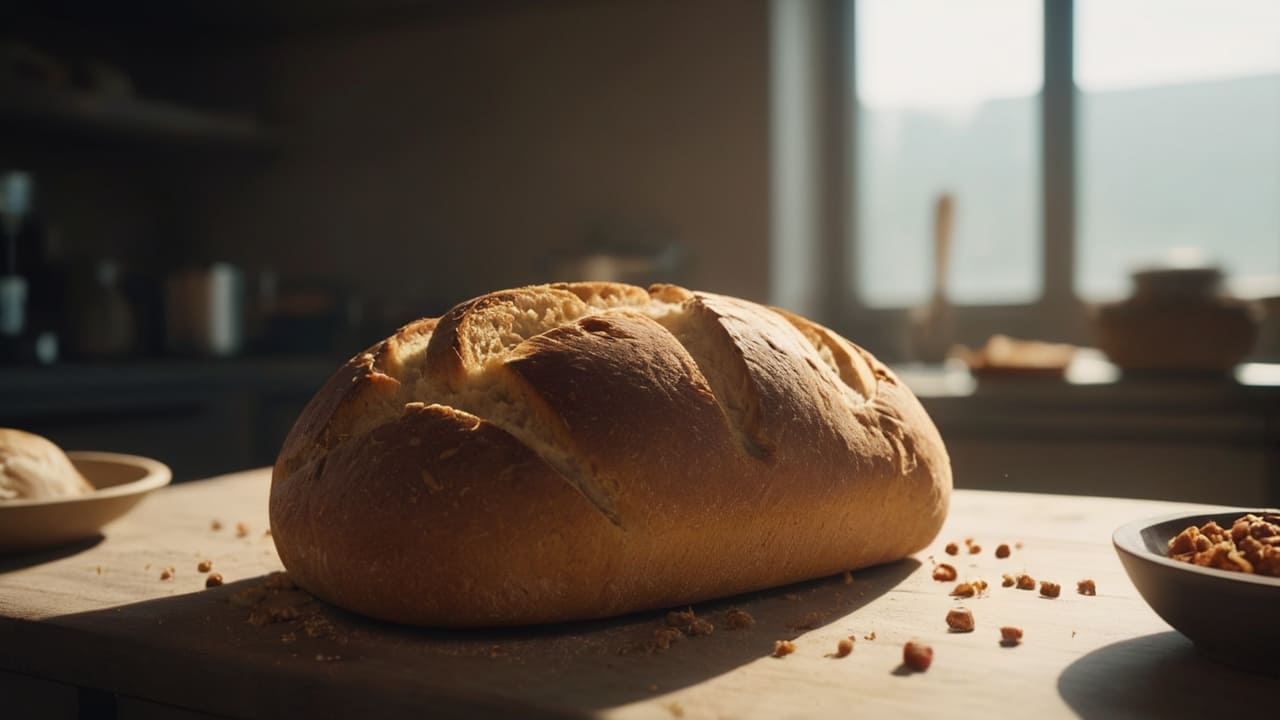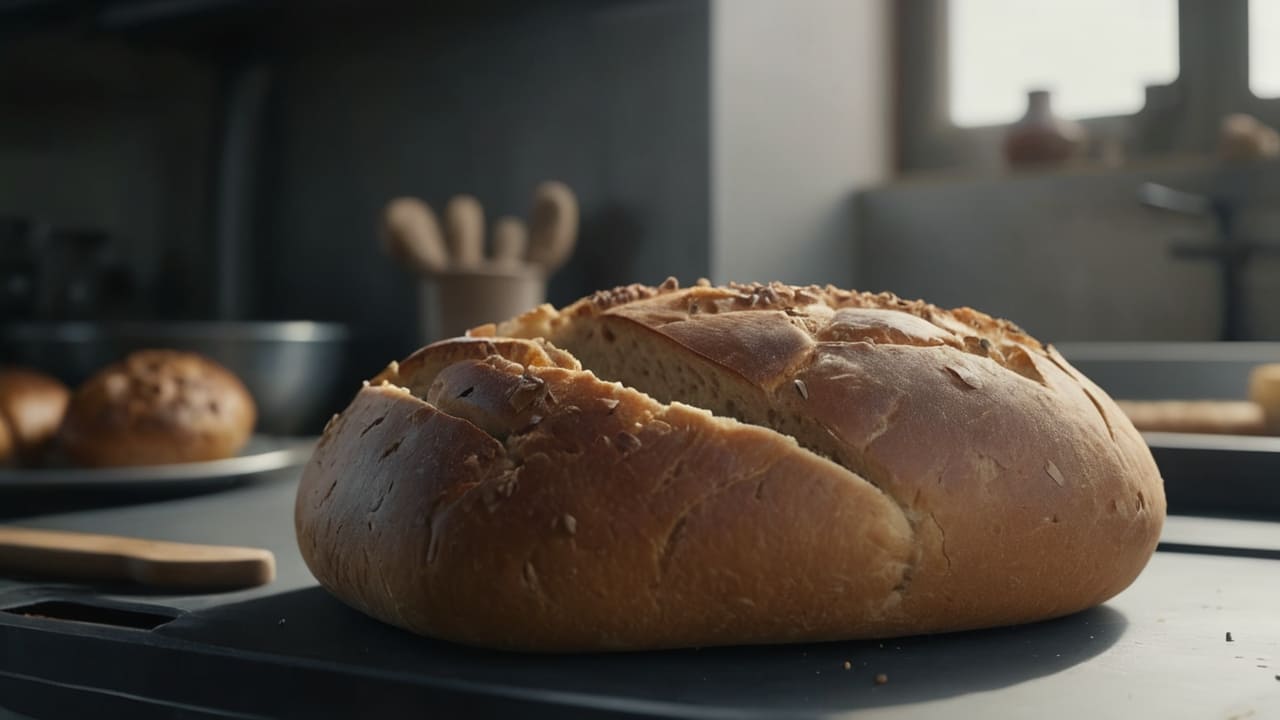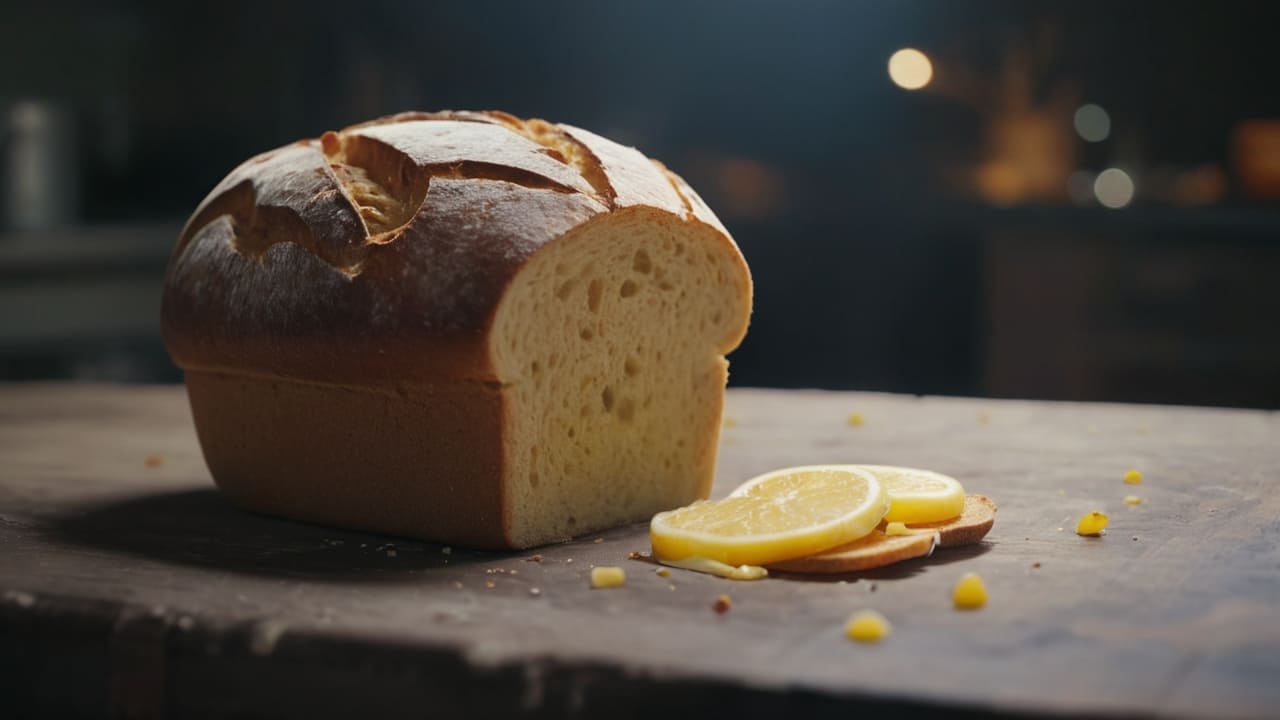

Making bread at home can be incredibly rewarding, especially when using the best bread maker machine. However, one common issue many face is the appearance of holes in their bread. These unsightly gaps can be frustrating and can ruin the texture and appearance of an otherwise perfect loaf. In this guide, I’ll share effective tips on how to prevent holes in bread made by a bread machine, ensuring you get flawless results every time.

Before diving into solutions, it’s essential to understand why holes form in the first place. Several factors can contribute to this issue, including improper yeast activation, dough inconsistencies, and machine malfunctions. Knowing these causes helps in troubleshooting and addressing the root of the problem effectively.
One of the main culprits behind holes in bread is improper yeast activation. If the yeast isn’t evenly distributed or activated correctly, it can create air pockets during baking.
The consistency of the dough plays a crucial role. Too much or too little water, improper mixing, or inadequate kneading can all lead to holes.
Sometimes, the bread machine itself may have issues. Misalignment of parts, uneven heating, or incorrect settings can cause holes in the bread.

Accurate measurement of ingredients is vital. Too much or too little of any ingredient can affect the dough’s consistency and lead to holes. Use precise measuring tools and follow the recipe meticulously.
Ensure that your yeast is fresh and properly stored. Old or expired yeast can lead to inadequate rising and large air pockets.
The temperature of the water used can significantly impact yeast activation. Use lukewarm water (around 110°F or 43°C) to activate the yeast effectively.
Most bread machines recommend adding ingredients in a specific order. Typically, liquids go in first, followed by dry ingredients, and finally, the yeast. This layering helps in proper mixing and yeast activation.
Check the dough’s consistency during the kneading cycle. It should be slightly sticky but not too wet or dry. Adjust with small amounts of flour or water if necessary.
Using bread flour instead of all-purpose flour can make a difference. Bread flour has higher gluten content, which helps in forming a better structure and reduces the likelihood of holes.
Overproofing the dough can cause large air pockets. Ensure you set the correct time and monitor the dough’s rise to avoid this issue.
Using the wrong dough size setting can lead to holes. Make sure to choose the appropriate size based on the recipe and the capacity of your bread machine.
If you live at a high altitude, you may need to adjust the recipe. High altitudes can affect rising times and dough consistency.
Allow the dough to rest after kneading. This helps in the redistribution of yeast and even rising, reducing the chance of holes.
The autolyse method involves mixing the flour and water and letting it rest before adding yeast and other ingredients. This helps in better gluten development and reduces holes.
Incorporating the stretch and fold technique during kneading can help strengthen the dough and create a more uniform crumb.
Using a sourdough starter instead of commercial yeast can result in better bread structure and flavor, minimizing holes.
Baking bread with a bread machine should be a hassle-free experience. By understanding the causes of holes and implementing these tips, you can ensure perfect loaves every time. Remember, practice makes perfect, and with the best bread maker machine, you’re already on your way to becoming a home baking expert. Happy baking!